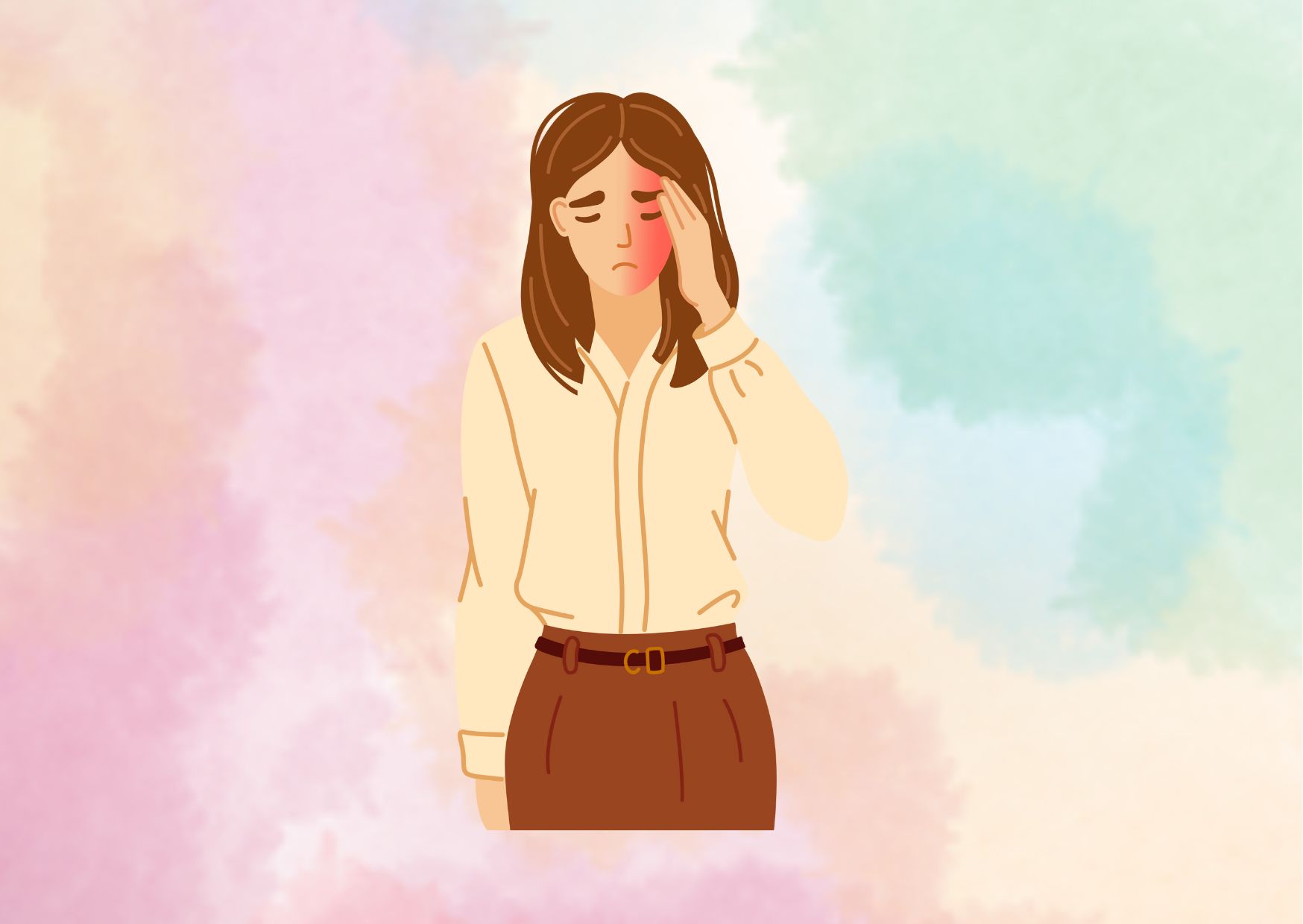5 Effective Chronic Migraine Treatments
Living with chronic migraines can be a daily struggle, affecting every aspect of our lives. We understand the challenges of managing this condition, which often includes sensitivity to light and the constant search for migraine relief. As someone who has experienced the debilitating effects of chronic migraines, I’ve made it my mission to explore the best treatments for chronic migraine and share this knowledge with others who are seeking help.
In this comprehensive guide, we’ll dive into the world of chronic migraine treatments, covering both preventive treatments and migraine medication options. We’ll explore the latest advancements in migraine relief and discuss how to find the most effective solutions for your unique situation. By the end of this article, you’ll have a better understanding of the available options and be better equipped to work with your healthcare provider to manage your chronic migraines.
Understanding Chronic Migraine
Definition and Prevalence
Chronic migraine is a condition where we experience frequent or long-lasting episodes of headaches and migraines. To receive this diagnosis, we must have at least 15 days in a month where we experience a headache or migraine, with at least eight of those days including migraine symptoms. This pattern must persist for at least three months.
The prevalence of chronic migraine is relatively low compared to episodic migraine. Worldwide, about 1% to 2.2% of people have chronic migraine. It’s more common in women and people assigned female at birth, affecting between 1.7% and 4% of this group, compared to 0.6% to 0.7% of men and people assigned male at birth.
Chronic migraine represents about 7.7% of the total migraine population. The condition is most prevalent among individuals in their forties, with the highest rates seen in women (1.9%) and men (0.8%) aged 40 to 49 years.
Symptoms and Characteristics
The symptoms of chronic migraine are similar to those of episodic migraines, but they occur more frequently or last longer. Migraines typically progress through four stages, although not every migraine involves all four:
- Prodrome: This pre-migraine stage often includes subtle changes that hint at an upcoming migraine.
- Aura: These are symptoms that occur as the migraine disrupts different areas of our brain, such as visual disturbances or numbness.
- Headache: This is the pain stage of a migraine, often described as a throbbing pain on one side of the head.
- Postdrome: This is when we feel the aftereffects of a migraine, sometimes referred to as a “migraine hangover.”
Chronic migraines can have a significant impact on our daily lives. The symptoms are often severe enough to disrupt our routine and activities. We may experience sensitivity to light, which can make it challenging to work or engage in social activities. Other common symptoms include nausea, vomiting, and dizziness.
It’s important to note that the duration of headache attacks tends to be longer in chronic migraine compared to episodic migraine. On average, treated attacks last about 24.1 hours for chronic migraineurs, compared to 12.8 hours for those with episodic migraine. Untreated attacks can last even longer, averaging 65.1 hours for chronic migraineurs.
Differentiating from Episodic Migraine
The main difference between chronic and episodic migraine lies in the frequency of headache days. Episodic migraine is characterised by 0 to 14 headache days per month, while chronic migraine involves 15 or more headache days per month.
However, it’s crucial to understand that the boundary between chronic and episodic migraine isn’t always clear-cut. Recent research has shown that the degree of disability experienced by those with 8 to 14 migraine days per month is similar to those with 15 to 23 migraine days per month. The greatest disability is seen in those with 24 or more headache days per month.
The relationship between episodic and chronic migraine is complex. Episodic migraine can progress to chronic migraine at a rate of about 2.5% per year. Conversely, chronic migraine can revert to episodic migraine, with a two-year transition rate of 26%.
It’s worth noting that while the frequency of headaches differs, the characteristics of individual migraine attacks are the same in both chronic and episodic migraine. The key distinction is that those with chronic migraine have fewer headache-free days, which can significantly impact their quality of life and increase the need for effective chronic migraine treatments.
Diagnosing Chronic Migraine
Medical History and Physical Examination
To diagnose chronic migraine, we start with a thorough medical history and physical examination. This process is crucial to understand the nature of the headaches and rule out other potential causes. We ask detailed questions about the frequency, duration, and characteristics of the headaches. It’s essential to provide information on how often the headaches occur, how long they last, and what other symptoms accompany them.

